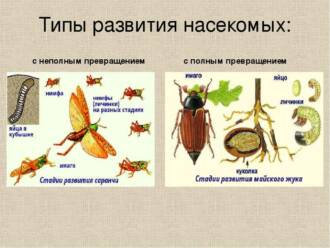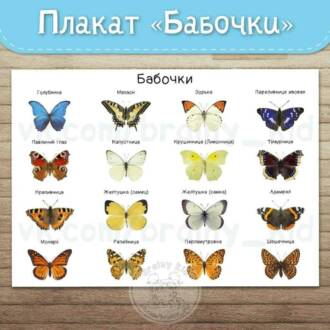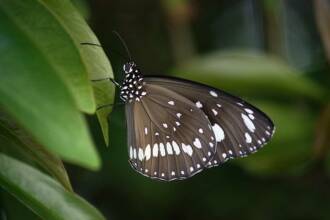
Identifying a butterfly from a photo can be tricky, especially for those who are inexperienced in the field. However, there are some easy ways to help you recognize the different types of butterflies in a photo.
First, pay attention to the shape of the wings. Butterflies are divided into two main groups: diurnal and nocturnal. Diurnal butterflies usually have large and brightly colored wings. Moths, on the other hand, tend to be duller in color and have narrower wings.
Also, pay attention to the pattern on the wings. Each type of butterfly has its own unique pattern that helps to identify them. If you find a butterfly in a photo with certain patterns, try to find information about it in specialized books or online resources.
Also, pay attention to the size of the butterfly. Different types of butterflies have different sizes. Approximately estimate the size of the butterfly in the photo and compare it with the sizes of known species of butterflies to narrow down the list of possible options.
Butterfly photography: basic rules and tips
Photographing butterflies is a fun and interesting activity that allows you to capture the beauty and uniqueness of these delicate creatures. To identify a butterfly from a photograph, you need to follow certain rules and use some tips.
Choice of location and time of shooting
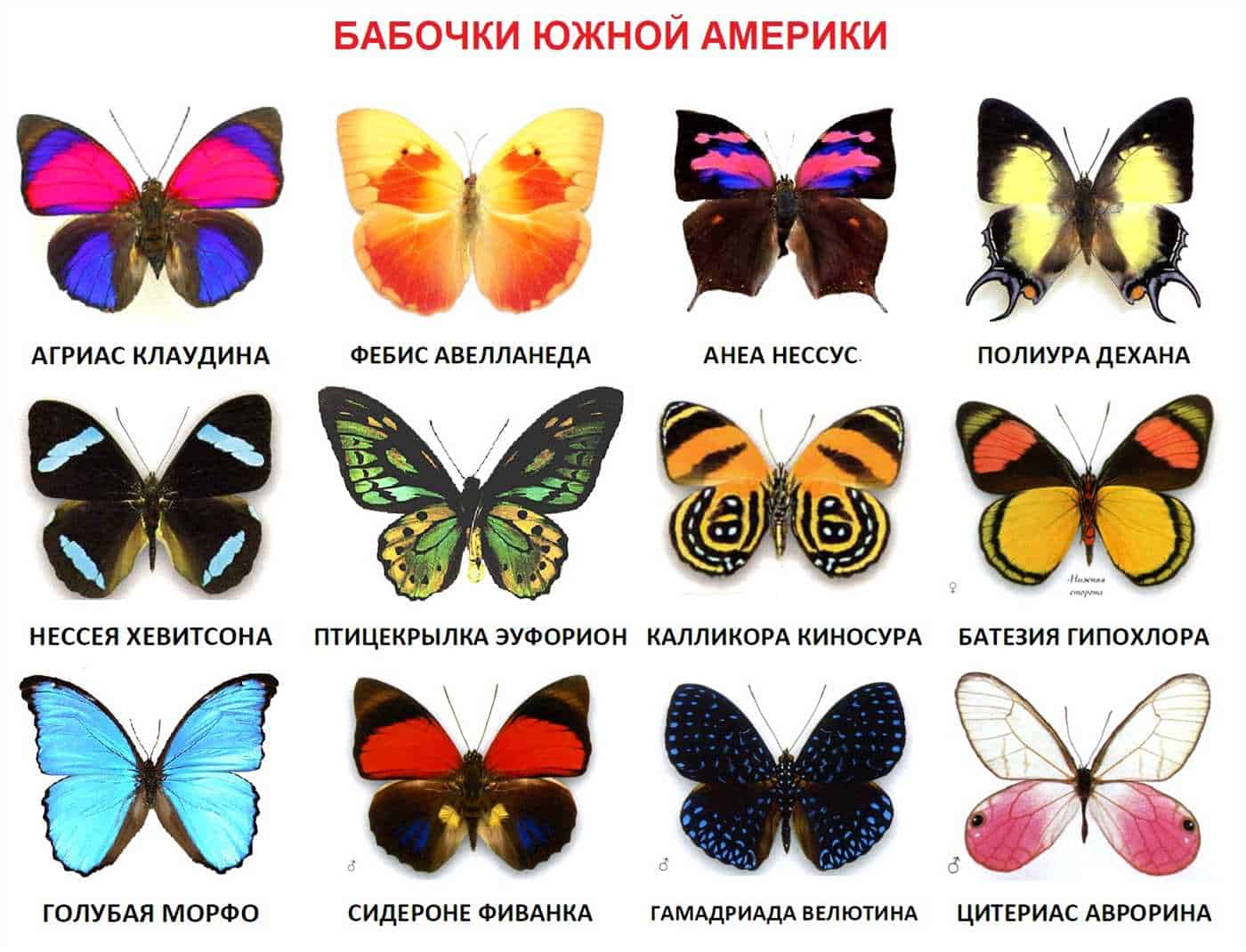
One of the basic rules for photographing butterflies is to choose the right place and time to shoot. It is best to shoot butterflies in open spaces where there are many flowers and plants. Most often, butterflies are active during the warm season, so it is recommended to photograph them in the morning or in the evening.
The right way to shoot
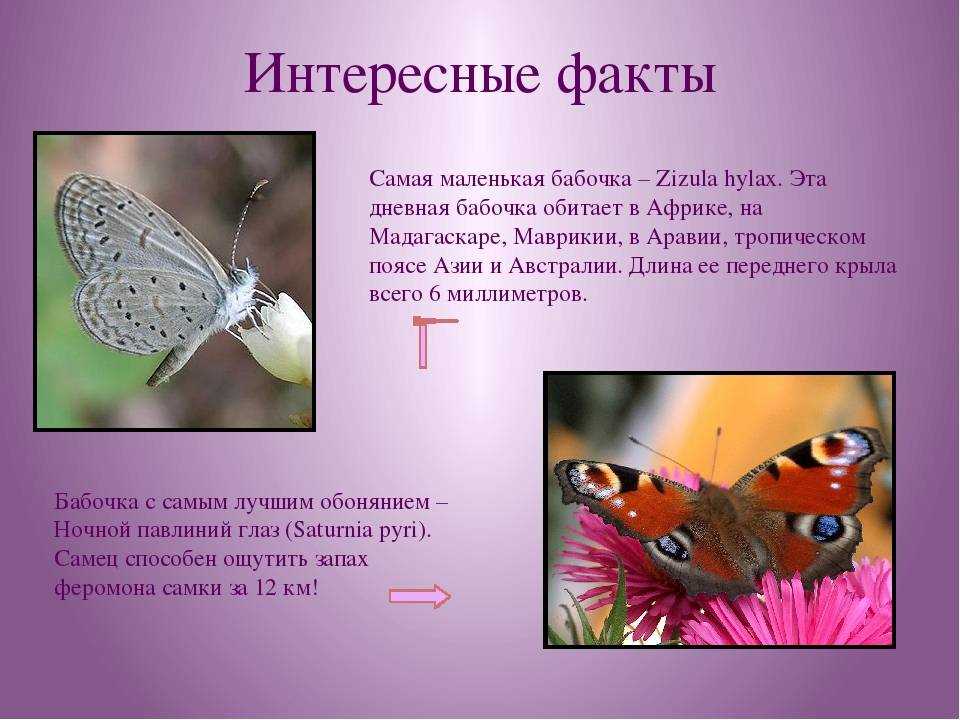
To successfully photograph a butterfly, you need to approach it carefully and carefully. When approaching a butterfly, it is necessary to move slowly and smoothly so as not to frighten it and cause it to fly away. It is recommended to use a macro lens that captures the details and texture of the butterfly.
Camera settings
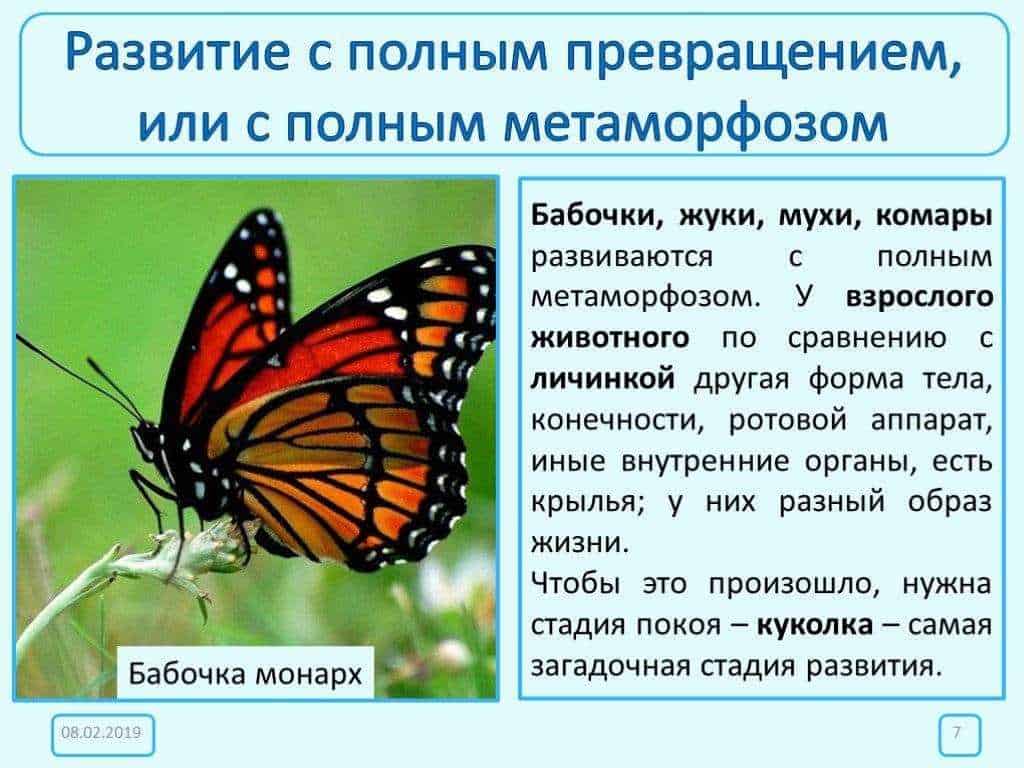
To get high-quality photos of butterflies, you need to properly set up the camera. It is recommended to use macro mode, which allows you to focus on small objects at close range. It is also important to choose the right depth of field and exposure to capture the colors and details of the butterfly.
By following these rules and tips, you will be able to take high-quality photographs of butterflies and identify them from the photo. Remember to be patient and respectful of nature to get the best results.
Definition of butterflies by the shape of their wings: what you need to know

You can identify a butterfly from a photograph by paying attention to the shape of its wings. Butterfly wings can come in a variety of shapes that can help you assign them to a particular species or family.
One of the main features of the wing shape is its outline. It can be sharp, rounded, jagged or have another characteristic shape. When identifying a butterfly by its wing shape, you should pay attention to the presence or absence of protruding areas characteristic of certain species or families.
Another important feature is the size of the wings. Most butterflies have symmetrical wings of the same size, but there are also species in which the size of the fore and hind wings is different. Some butterflies have very large wings that allow them to cover long distances during migration.
In addition, the shape of the wings may be associated with special adaptations for flight or camouflage. Some butterflies have wings with elongated "tails" or protruding "ears" that help them maneuver better in the air or look like certain objects in the environment.
Definition of butterflies by color: main features

Identifying a butterfly from a photo can be quite a challenge, but color identification can be one of the main signs.
Butterflies have a huge variety of colors, and each species can have its own unique color characteristics. Some species of butterflies have bright and contrasting colors that help distinguish them from other species and serve as a signal to potential predators that they are poisonous or unpleasant in taste.
To determine the butterfly by color, you should pay attention to the following signs:
- Main color: It is important to pay attention to the most noticeable color on the butterfly's wings. It can be bright red, blue, yellow or any other bright shade.
- Drawing: Many butterflies have unique patterns and designs on their wings. They can be striped, dotted, wavy or have other geometric shapes.
- Contrast: Often butterflies have contrasting colors on their wings. For example, black wings with bright orange spots or white wings with black stripes.
- Eyes: Some butterflies have ocelli on their wings, which serve to distract predators and create the illusion of larger size or threat.
Identifying butterflies by color can be tricky, especially for inexperienced observers. Therefore, it is recommended to use specialized photo atlases or contact experienced specialists in order to obtain a more accurate identification.
How to determine the size of a butterfly: tips and tricks

Identifying a butterfly from a photo can be a daunting task, especially for non-professionals. However, one of the key parameters by which you can try to identify a butterfly is its size.
The first step in sizing a butterfly is to compare its size to other objects in the photo. For example, if the photo contains flowers or leaves, you can compare the size of the butterfly with the size of these objects. This will help you get an idea of the approximate size of the butterfly.
Also, it is useful to know that the size of a butterfly can vary depending on its species and age. Some species of butterflies reach a considerable size, while others can be very small. Therefore, when determining a butterfly by size, it is necessary to take into account its type and features.
If there are several butterflies in the photo, you can compare their sizes with each other. Some species of butterflies may be larger or smaller than others, which will help narrow down the possible definitions.
It is important to remember that sizing a butterfly is only one factor and may not always give an accurate result. To more accurately determine the type of butterfly, it is recommended to contact specialists or use specialized sources of information.
Important details: identifying butterflies by antennae and eyes
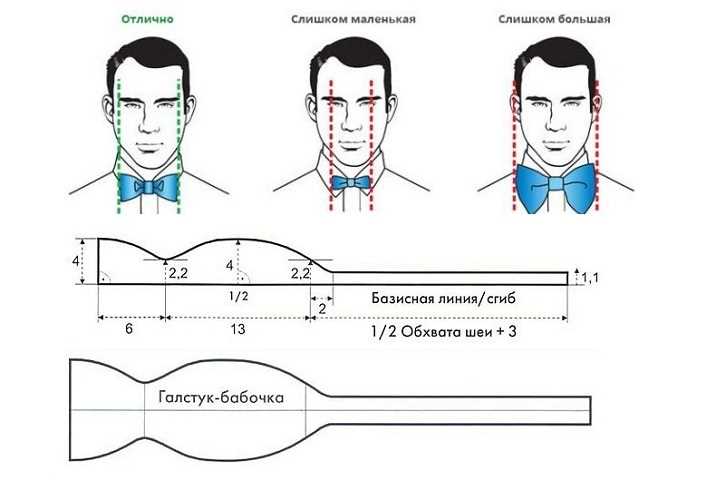
To identify a butterfly from a photograph, it is important to pay attention to its antennae and eyes. Butterfly antennae are one of the main signs of their classification. They can be of different lengths, shapes and are decorated with various warts or hairs. Antennae can be straight, curved or feather-like. Their shape and size will help determine the type of butterfly.
The eyes of butterflies also have distinctive features that can indicate a specific species. Some butterflies have large, elongated eyes, while others have small, round eyes. The color of the eyes can also vary from dark to bright shades. Analyzing the eyes of a butterfly can help you determine its species more accurately.
For convenience, you can use a table with the characteristics of the antennae and eyes of various types of butterflies. In such a table, you can indicate the length of the antennae, the shape of their ends, the presence of warts or hairs. It is also worth noting the shape and size of the eyes, their color and other features. By comparing a photograph of a butterfly with this table, one can make a more accurate determination of its species.
How to identify a butterfly by behavior: what to consider
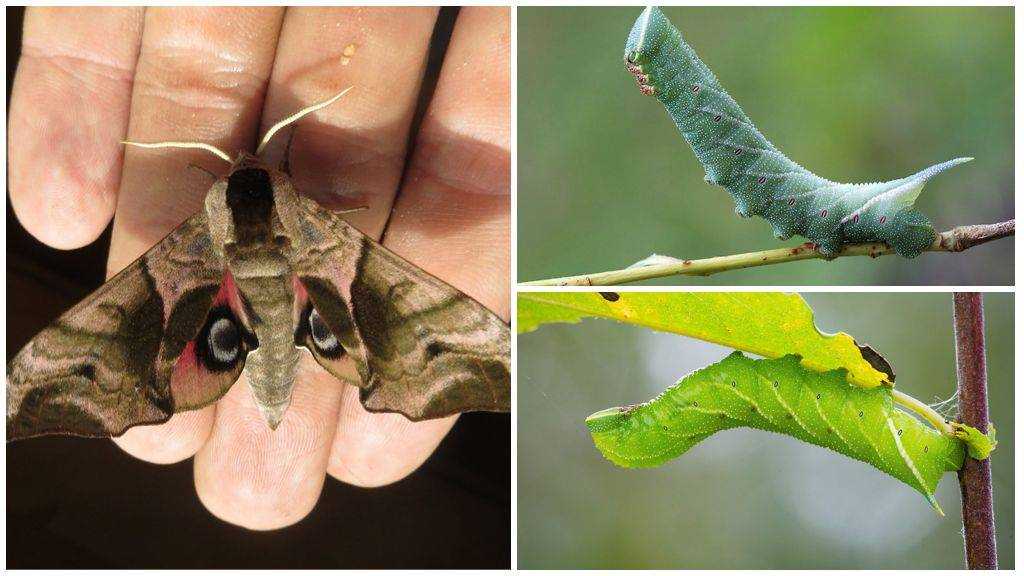
1. Flight
One of the first signs to look out for is the way the butterfly flies. Some types of butterflies fly slowly and smoothly, making graceful loops in the air. Others may be more active and faster, making sharp maneuvers and jumps in flight. It is also worth paying attention to the butterfly's flight altitude: some prefer to fly at a low altitude, close to the ground or plants, while others prefer to be at a higher altitude.
2. Nutrition
Certain types of butterflies have specific dietary preferences. Some butterflies feed on the nectar of flowers, while others may prefer to drink sap from rotten fruit or sap from trees. Observing which plants or food sources a butterfly is on can help determine its species.
3. Behavior on plants
The next aspect to look at is the butterfly's behavior on plants. Some species of butterflies may be associated with certain plants where they lay their eggs or where they find food for their caterpillars. Observing what plants a butterfly sits on or what leaves it lays its eggs on can give us a clue about its species or family.
4. Activity time
Each species of butterfly has its own specific time of activity. Some butterflies fly only during the day, others only at night, and some can be active both during the day and at night. Knowing the time of activity of a butterfly can help in determining its activity, since different species have different habits and preferences regarding the time of their activity.
5. The size and shape of the wings
Although this section refers to appearances and not behavior, it is also important for identifying butterflies. Butterfly wings come in a variety of sizes and shapes that may be characteristic of certain species or families. Observing the size and shape of the wings can help narrow down the list of possible species and make the identification more accurate.
Useful resources: where to find information about the type of butterfly

Identifying a butterfly from a photo can be tricky, especially if you don't have enough experience in this area. However, there are a number of useful resources where you can find information about different types of butterflies.
1. Internet sites and databases
There are many websites and databases dedicated to butterflies. Some of them offer pictures and descriptions of different types of butterflies, as well as information about their habitats and behaviors. Some of these resources also offer the ability to upload a photo of a butterfly to determine its species.
2. Books and magazines
Butterfly books and magazines are a valuable source of information for species identification. They contain detailed descriptions and illustrations of various butterflies, as well as information about their biology and ecology. If you have a specific photograph of a butterfly, you can use the illustrations in the book to compare and identify the species.
3. Museums and scientific institutions
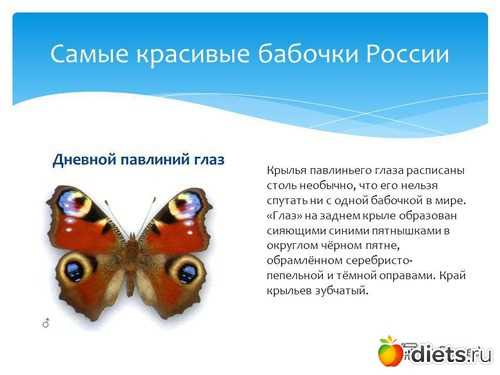
Many museums and scientific institutions have collections of butterflies that can be studied to identify species. If you have the opportunity to visit such an institution, you can take advantage of their expertise and resources to identify a butterfly from a photograph.
It is important to remember that identifying a butterfly from a photo can be tricky and requires some knowledge. If you are not sure of your abilities, it is better to turn to professionals or enthusiasts who can help you determine the type of butterfly based on a photo.

